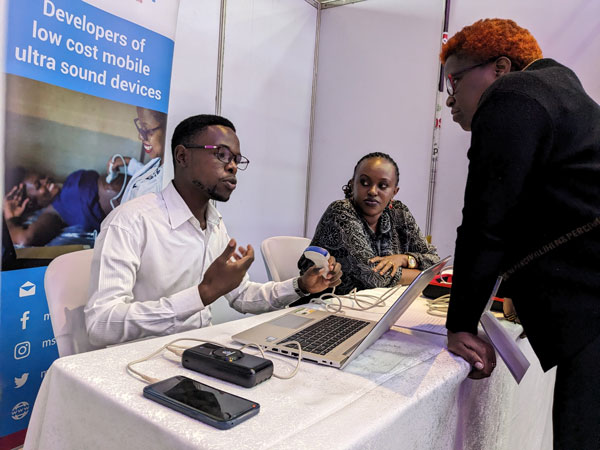Healthcare providers and doctors in Uganda are facing challenges in embracing the Uganda Health Information and Digital Health Strategic Plan due to a lack of awareness and computer skills, according to researchers in the health sector.
In May, the health ministry introduced the Uganda Health Information and Digital Health Strategic Plan for 2020-2025. This plan aims to enhance the health information system in Uganda by promoting the responsible use of digital tools for documenting and sharing patient data.
The plan also addresses issues like delayed reporting in health facilities across the country, the incorporation of patient-level digital systems at the point of care, and the provision of a roadmap for digital health implementation, research, and innovation to improve the efficiency and effectiveness of healthcare interventions.
Irene Wanyana, a Research Associate from Makerere University School of Public Health, noted a significant gap between digital technology and healthcare providers. Many doctors still prefer physical interfaces when diagnosing patients, even though certain health complications can be diagnosed more efficiently by machines. Wanyana also highlighted a misconception among healthcare providers who fear that health sector innovations may lead to job loss rather than reducing their workload.
To bridge this gap, Wanyana suggests localizing innovations to ensure their effective deployment and avoid the misallocation of government resources. She also stressed the importance of government collaboration with other stakeholders, including the private sector, to educate healthcare providers about the system’s operation.
Paul Mbaka, the Assistant Commissioner in charge of information management at the Ministry of Health, shared that the ministry is introducing digital tools across health facilities to assist healthcare workers and enhance disease surveillance efforts in the country.
Dr. Sliver Kiyimba, the Principal Investigator at the Integrated Health Information Management System Technologies, emphasized that the innovation aims to improve healthcare service delivery by tracking the performance of different health sectors and providing feedback to the government for better planning. The system can also monitor healthcare worker performance, patient details using national ID cards, and reduce patient backlog, thus expediting service delivery.




















